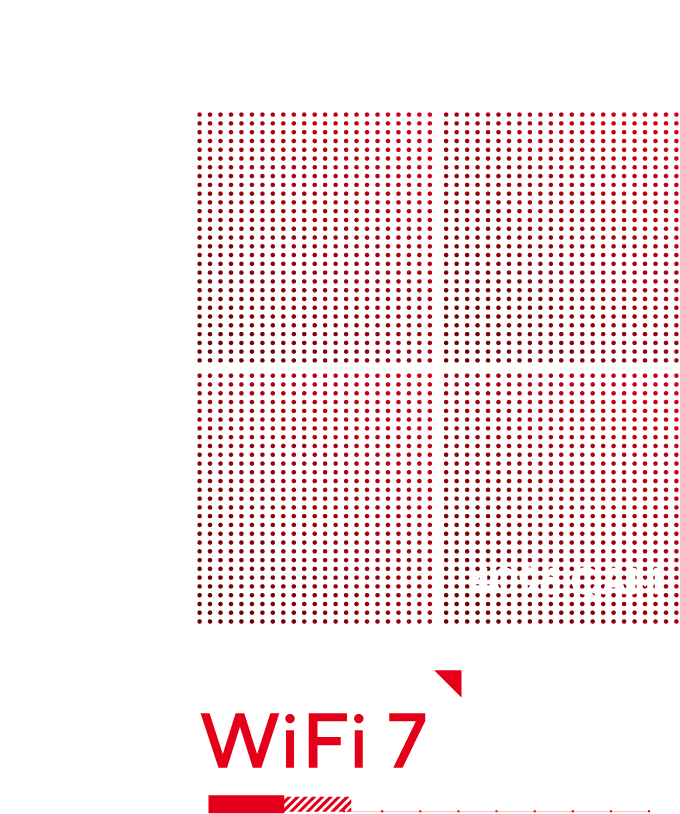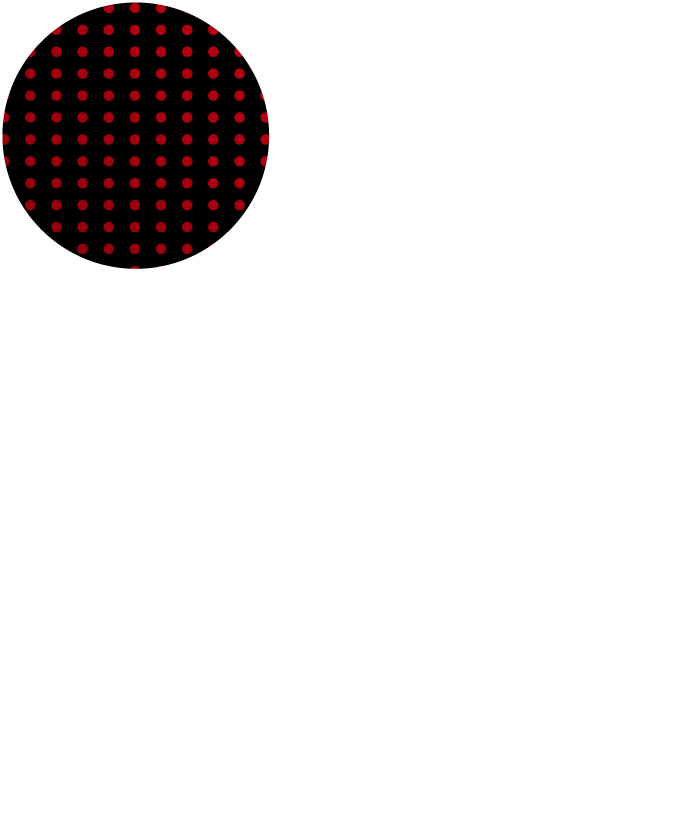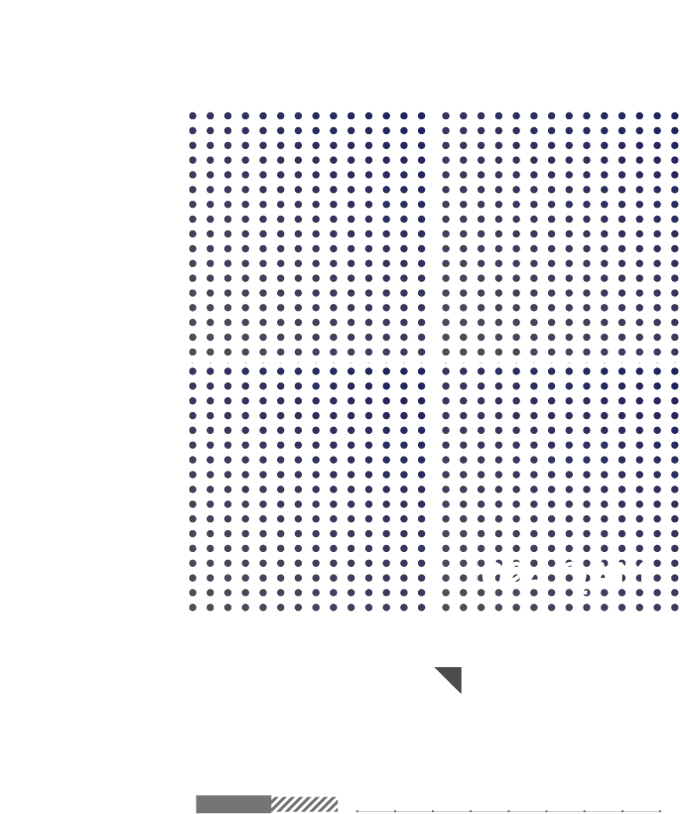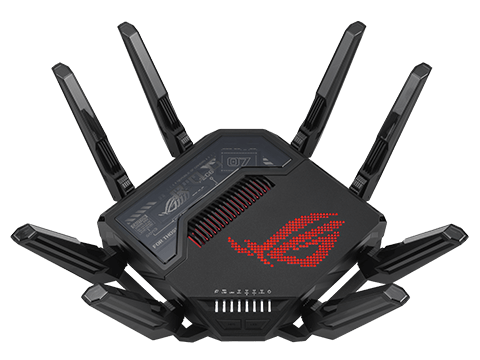
320 MHz Bandwidth*
While WiFi 6E increased channel width in the 6 GHz band to 160 MHz, WiFi 7 introduces ultrawide 320 MHz channels, doubling data transmission capacity. You can think of networking as a virtual freeway and the doubled bandwidth as a doubling of the number of lanes. Now larger vehicles are allowed to get on the freeway and can pack more data than ever before.
*WiFi 7 features requires WiFi routers and client devices with WiFi 7-supported operating systems to support the corresponding features. **The 320 MHz in the 6 GHz band may be unavailable in some regions / countries due to regulatory restrictions.

Three new 320 MHz channels in the









